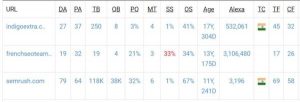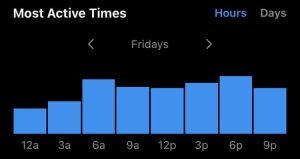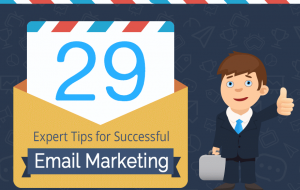As state and federal regulators turn up the heat on Google’s massive advertising business, the search giant is moving toward greater transparency about who runs ads on its various platforms.
In a blog post Wednesday, Google explained that its “Ads Transparency Center”—the actual, unambiguous name of a new feature—will offer “a searchable hub of all ads served from verified advertisers.” It will contain an archive of the last 30 days of ads that users may have seen on Search, YouTube, and Display. Based on the blog post’s description and screenshots that Google shared with Fast Company, the tool will show the ad and reveal which region it was shown in, the date it ran, and its format.
This stab at greater visibility follows similar moves made by Facebook and Twitter—albeit years ago, in 2018 and 2019, respectively—to make their ad services more transparent. Both released searchable archives of the ads they’d run on their platforms, although after banning some forms of political advertising back in 2019, Twitter said that its own Ads Transparency Center “no longer provide[d] its original intended value.” It backtracked in January and relaxed that ban, but did not mention a return to ad transparency.
Google, meanwhile, has been slowly inching in the opposite direction of Elon Musk’s Twitter. In 2018, it started requiring election advertisements to include in-ad disclosures stating who paid for them. In 2020, it unveiled a verification program for all advertisers: To prove they were who, and what, they claimed, they had to submit a government ID, business registration, or other official document. Since rollout, users have been able to learn basic advertiser details by right-clicking ads.
The new tool adds to that an ability to run an extremely basic background check of sorts. Google pitched it as a way to double-check before you buy: “With the Ads Transparency Center, you can look up the advertiser and learn more about them before purchasing or visiting their site.” However, a spokesperson confirmed that the tool “does not show the context of the page the ad was [run] on,” which means the specific YouTube video or even type of website where people were shown the advertisement still will remain a mystery.
The tool debuted starting Wednesday, Google said, and should be available worldwide by the end of April. It can be accessed by right-clicking an ad and selecting the “See more ads” option, or via a stand-alone site—although that page still hadn’t gone live by the time Fast Company published this story.
Efforts to demystify who’s behind Google ads comes at the same time the company faces intensifying pressure from Biden administration regulators, Congress, and an array of state officials to prove that the tech giant still lives by that old unofficial “Don’t be evil” motto.
And a chief target has been digital advertising. Google is believed to capture nearly one-third of the market, making ads the company’s main revenue source, estimated to be around $180 billion a year.
Biden’s Justice Department wants to break up Google on the grounds that it has “monopoliz[ed] digital advertising technologies”—a charge Google finally addressed on Monday, two days ago, in a motion for dismissal. States are levying similar accusations in separate legal filings, all as Google fends off critiques that it still hasn’t done enough to quell the spread of online misinformation, particularly in the run-up to a brand new presidential election.

(5)
Report Post






